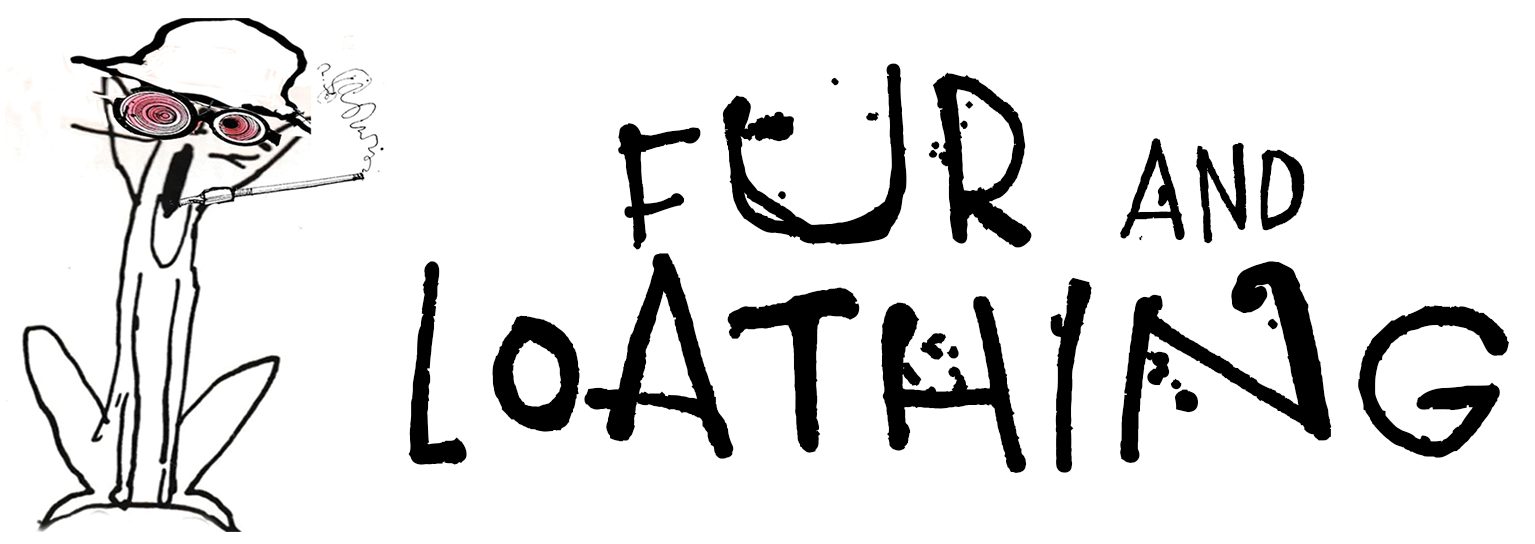What a military parade can teach us about pride, patriotism, and the peril of letting a gold-plated grifter steal the spotlight.
There is no shame in marching. The rumble of boots, the gleam of medals polished by memory — these are sacred sounds to a nation that was born in rebellion and raised by sacrifice. The U.S. Army, in its pageantry and precision, doesn’t flex; it affirms. At its best, it reminds us that service is not partisan. It belongs to no man, no party, no gilded gargoyle perched on the dais like some reality-television Caesar.
But context is everything.
There was glory in the parade — yes, pride, grit, and the quiet power of tradition. The drums spoke of Normandy, Khe Sanh, Kabul. Of men and women who believed the Constitution wasn’t some punchline on cable news. And yet presiding over this sacred affair was the bloated emissary of self, a man who wears patriotism like a knockoff tie made in China and salutes with hands that’ve never held anything heavier than a Big Mac.
What the Democrats fail to understand — and they fail often — is that love of country isn’t costume jewelry. The parade wasn’t fascism in formation; it was a display of duty. Their reflexive sneer at pageantry leaves too much ground for the carnival barker to claim as his.
And so we watched, conflicted. The soldiers marched for us all, even if the ringmaster mistook them for props in his fever dream of authoritarian glam.
This is the paradox of America: you can revere the Army and revile the clown at the helm. You can hate the gold-plated grotesque and still feel a lump in your throat when the flag passes by. Because beneath the brass and spectacle, there beats a deeper truth: the republic is not dead. It’s weathered, worn, and still marching toward the promise it made.
